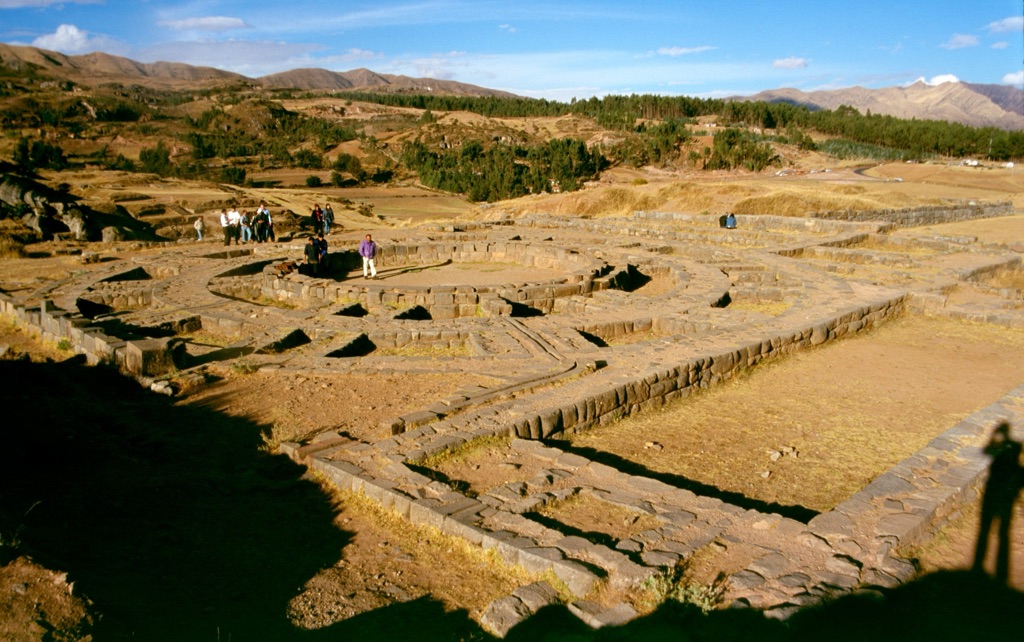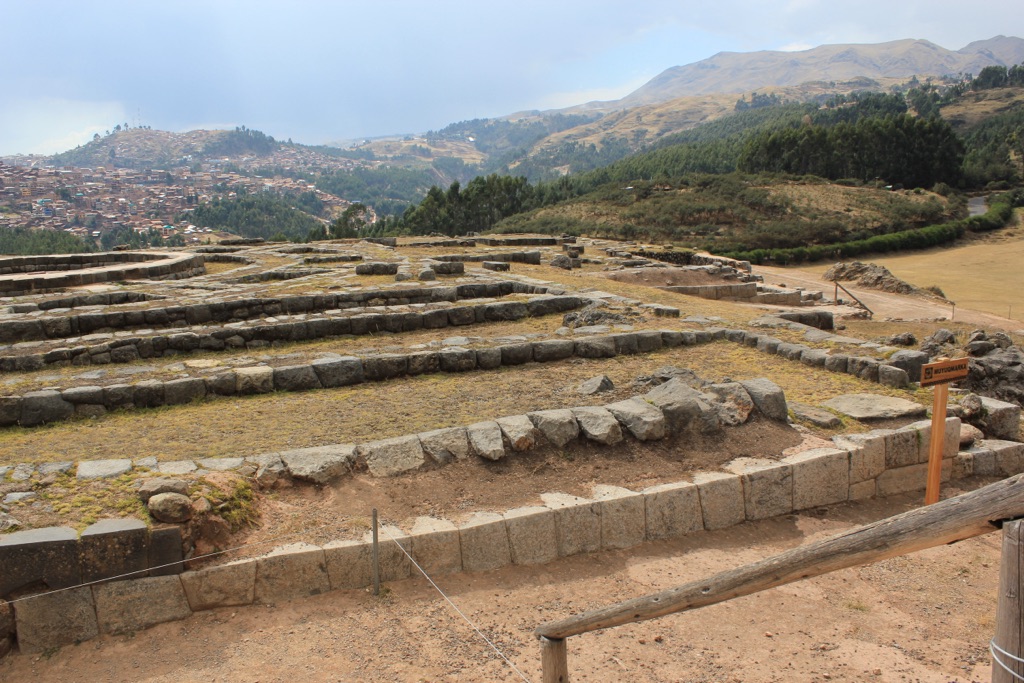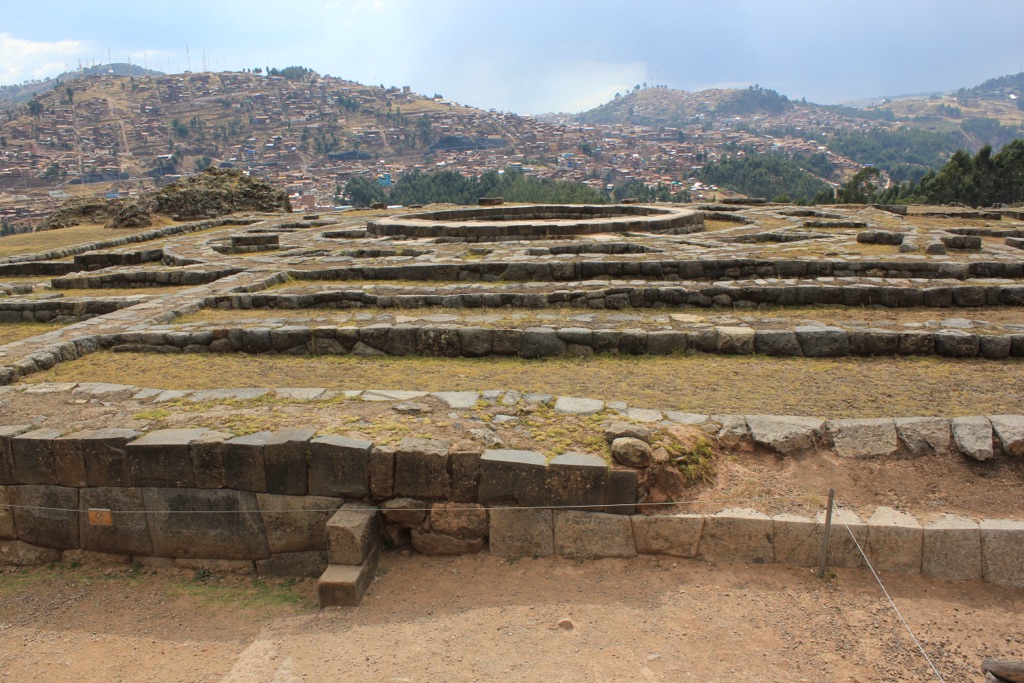Muyuq Marka is a significant archaeological site located in the heart of the former Incan capital, Cusco, in Peru. This intriguing structure, often overshadowed by more famous sites like Machu Picchu, is a testament to the architectural prowess of the Inca civilization. Muyuq Marka, which translates to ‘the circular foundation,’ is part of the larger complex known as Qoricancha, the Temple of the Sun. It is believed to have been a place of great importance, possibly serving religious or astronomical purposes. The site continues to captivate historians and archaeologists, offering insights into the Inca’s sophisticated society and their relationship with the cosmos.
Get your dose of History via Email
Historical Background of Muyuq Marka
The discovery of Muyuq Marka is intertwined with the excavation of the Qoricancha complex. The site was uncovered during restoration efforts following an earthquake in Cusco. It was the Spanish who, after their conquest, built the Church of Santo Domingo on top of the Incan temple, inadvertently preserving the ruins beneath. The Incas, led by their ruler Pachacuti, originally constructed the Qoricancha complex, which included Muyuq Marka, in the 15th century. The site was not only a religious center but also a hub of political power.
Over the centuries, Muyuq Marka has witnessed significant historical events. After the Spanish conquest, the temple’s gold and treasures were looted, and the colonial architecture was superimposed on the Incan foundations. Despite these changes, the site remained a silent witness to the city’s turbulent history. It was not until modern archaeological methods were applied that the true significance of Muyuq Marka began to emerge.
The Incas were master builders, and Muyuq Marka is a prime example of their skill. The structure’s circular design is unique among Incan constructions, which typically favored rectangular shapes. This unusual feature has led some to speculate that Muyuq Marka had a special purpose, possibly linked to the Inca’s astronomical observations or religious ceremonies.

While the Spanish transformed much of the Qoricancha complex, Muyuq Marka’s foundations have remained relatively intact. This has allowed archaeologists to study the site and gain a better understanding of its original form. The circular foundation suggests that it may have been the base for a tower, although its exact function remains a topic of debate among scholars.
Today, Muyuq Marka stands as a symbol of resilience. It has survived natural disasters, colonialism, and the passage of time. Visitors to the site can reflect on its history and ponder the lives of those who once walked its grounds. The structure serves as a bridge between the past and present, inviting us to consider the legacy of the Inca civilization.
About Muyuq Marka
Muyuq Marka’s construction showcases the Inca’s advanced masonry techniques. The circular walls are made of finely cut stones that fit together without the use of mortar, a method known as ashlar masonry. This technique provided stability and allowed the structures to withstand earthquakes. The precision of the stonework is so remarkable that not even a knife blade can fit between the stones.
The site’s architecture is a blend of religious and astronomical functions. The circular design is believed to have held significance for the Incas, who were keen observers of the sky. The orientation and placement of Muyuq Marka within the Qoricancha complex suggest that it may have played a role in solar and lunar alignments, which were crucial for agricultural and ceremonial purposes.
Despite its ruinous state, the remnants of Muyuq Marka provide a glimpse into its past grandeur. The structure likely featured additional levels or towers, as suggested by the remaining foundations. The exact height and appearance of these superstructures are unknown, but they would have been impressive, given the Inca’s architectural standards.
The building materials for Muyuq Marka were sourced locally, a common practice for the Incas. The stones were quarried from nearby areas and transported to the site, where skilled laborers shaped and placed them. This process reflects the Inca’s deep connection to their environment and their ability to harness local resources for their monumental constructions.

Architectural highlights of Muyuq Marka include its concentric circular walls and the trapezoidal niches that are characteristic of Incan design. These niches, which are found throughout the Qoricancha complex, may have held idols or offerings. They also added an aesthetic element to the structure, demonstrating the Inca’s attention to both form and function in their buildings.
Theories and Interpretations
Several theories about Muyuq Marka’s purpose have been proposed by scholars. One popular belief is that it served as an observatory. The Incas revered celestial bodies, and Muyuq Marka’s design could have facilitated the tracking of solar and lunar movements. This theory is supported by the site’s alignment with astronomical events, such as solstices and equinoxes.
Another interpretation suggests that Muyuq Marka was a religious site. The Incas practiced ancestor worship and deified natural elements like the sun and moon. The circular foundation may have been the base for a temple or shrine dedicated to these deities, playing a central role in Incan rituals and ceremonies.
Mysteries still surround Muyuq Marka, particularly regarding its construction and use. The lack of written records from the Inca period means that much of what is known about the site comes from archaeological evidence and Spanish colonial accounts. These sources, while valuable, leave room for speculation and further research.

Dating Muyuq Marka has been challenging due to the site’s complex history. However, archaeologists have employed methods such as carbon dating and stratigraphy to estimate the age of the structure. These techniques, along with historical records, have helped to place Muyuq Marka within the timeline of the Inca Empire.
The interpretations of Muyuq Marka are continually evolving as new discoveries are made. Each theory contributes to a deeper understanding of the site, but the true nature of Muyuq Marka remains an enigma. It is this sense of mystery that continues to draw interest and inspire further investigation into the Inca’s remarkable legacy.
At a glance
Country: Peru
Civilization: Inca
Age: 15th century AD
Conclusion and Sources
The information in this article has been obtained from the following reputable sources:
- Wikipedia: https://en.wikipedia.org/wiki/Qoricancha
- Wikipedia: https://en.wikipedia.org/wiki/Muyuq_Marka

